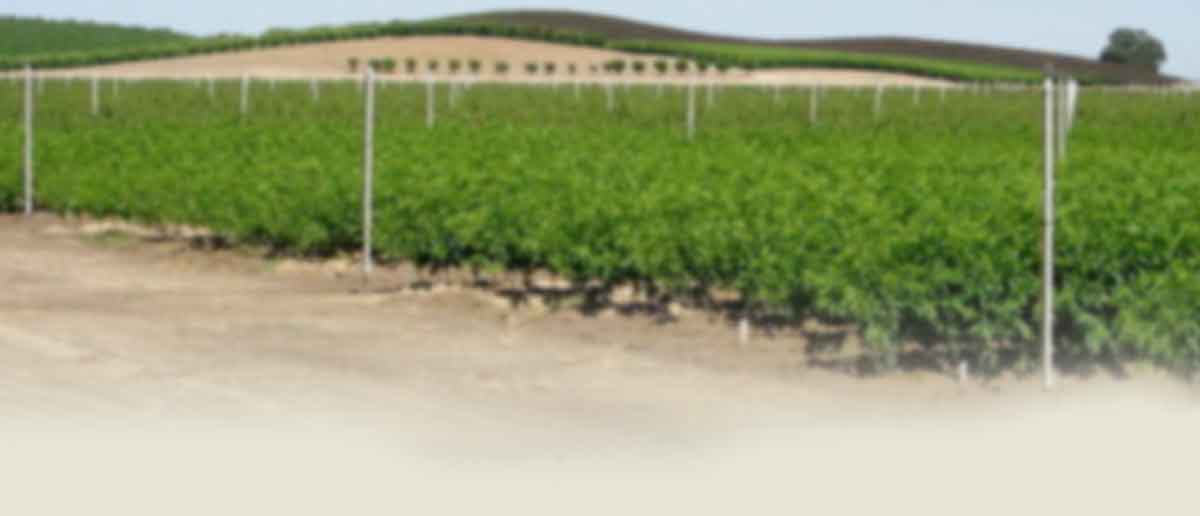Where to Buy DWN Trees
- Overview
- Retail Nurseries, Northern Calif. Coastal Counties
- Retail Nurseries, Northern California Inland Counties
- Retail Nurseries, Southern California
- Retail Nurseries Outside California
- Mail Order Availability
- Variety Finder
- Map - DWN Retail Sources, U.S.
- Map - DWN Retailers, Northern & Central Calif.
- Map - DWN Retailers, Southern Calif.
- Map - Nearest Retailers, No. Calif. (enter a ZIP)
- Map - Nearest Retailers, So. Calif. (enter a ZIP)
RETAIL NURSERY VARIETY LIST
Osuna Nursery
501 Osuna Rd NE
Albuquerque, New Mexico 87113
505.345.6644
Plant varieties ordered from Dave Wilson Nursery for 2025:
Apple Babe Genetic Dwarf Apple
Crisp, sweet, red apple - excellent quality even in hot inland climates. Glossy, russet-free skin. Heavy bearing 8-10 ft. compact tree. August. 700 hours. Pollenized by Garden Delicious or other apple. USDA Zones 4 - 8. (Zaiger)
Wenatchee Moorpark Apricot
Long time favorite in Western OR & WA. Recommended for other western climates where spring rains and frosts limit apricot culture. Flavorful fruit used fresh, dried, canned. 700 hours. Self-fruitful. USDA Zones 5-9.
Shinko Asian Pear
Late ripening - September in Central CA - and excellent quality. Juicy, sweet, flavorful, refreshing, crisp like an apple. Golden brown russeted skin. Shows fire blight resistance. 450 hours. Pollenized by Hosui, Chojuro, Kikusui, Bartlett
Compact Stella Cherry
Compact growth habit, semi-dwarf to 12 ft. Large, dark red fruit ripens late May. Self-fruitful. 500-800 hours. UDSA Zones 4-9.
Lang Jujube
“Chinese date.” Pear-shaped fruits are reddish-brown, dry, wrinkled,sweet and chewy (like dates) when fully ripe in early Fall. Attractive, easy to grow tree: hardy, drought resistant, virtually pest and disease free. Requires long, hot summer. Very low chilling requirement. Pollenized by Li or other jujubes. USDA Zones 5-10.
Mission Olive
The classic California olive, this variety is the most versatile for the home garden. Whether for curing or oil production, Mission is considered a true edible ornamental. Colder hardier than most olive varieties. Self-fruitful but produces higher yields with a pollenizer.
Indian Blood Cling Peach
Large, late season canning peach. Red skin, red flesh, rich flavor. Blooms late, sets heavy crops. 800 hours. Self-fruitful.
Sauzee Swirl White Peach
Medium size, saucer style peach with white flesh swirled red. Skin is tinted pink to dark red. Fruit is quite ornamental hanging in the tree. Harvest mid to late May. 400 hours. Self-fruitful. (Zaiger)
Chocolate Persimmon
Small to medium size, oblong, bright red skin. Sweet, spicy, firm, brown flesh, superb flavor - the choice of connoisseurs. 200 hours. Self-fruitful.
Coffeecake Persimmon
Unique spicy sweet flavor that instantly evokes images of cinnamon pastry, hot coffee and morning sunshine. Coffeecake ripens about the same time as Chocolate and about three weeks to one month earlier than Fuyu. Coffeecake Persimmon is non-astringent and can be eaten while still firm. Hardy, attractive tree, practically free of pests and disease. Estimated chilling requirement: 200 hours or less. Another persimmon variety required as a pollenizer. Gosho or Chocolate are the best pollenizers for Coffeecake.
Parfianka Pomegranate
Large size red fruit is sweet with a hint of acidity. Arils are red with very small edible seeds. Vigorous upright plant dependably sets a heavy crop. Maintain at any height with summer pruning. Consistently receives the highest praise for overall flavor. Great for juice or fresh eating. A Dr. Gregory Levin introduction through U.C. Davis. Very highly rated in U.C.Davis taste tests. Some rate Parfianka as the best tasting pomegranate. Required chill hours 100-200. Self-fruitful, best in zones 7-10.
Bluecrop Northern Highbush Blueberry
No. 1 variety, the standard of excellence. Upright, vigorous, Northern Highbush. Very productive. Large, firm, great flavor. Fruit does not drop or crack. Tolerates hot summers if soil is moist, acidic, and high in humus. 800 hours. Self-fruitful.
Pink Lemonade Northern Highbush Blueberry
A hybrid of Rabbiteye and Southern Highbush. A recently released selection developed in the 1970s by U.S.D.A. Beautiful interior and exterior pink colors develop with peak ripeness. Unique sprightly sweet flavor - highly desired by dessert chefs. Used as contrast with blue varieties. Zones 4-9. Self-fruitful. Est. chill requirement 300 hours.
Baby Cakes® Blackberry
A dwarf, bush blackberry perfect for the patio pot. This thornless variety produces large, sweet berries in the summer often with a second crop in most regions. U.S. plant patent # 27,032. Self-fruitful. Zones 4-9. Est. chill requirement 400 hours.
Raspberry Shortcake®
This dwarf, thornless bush raspberry thrives in a patio pot or in the landscape. It produces an abundant crop of sweet raspberries in midsummer. Self-fruitful. Zones 4-9. Est. chill requirement 500 hours or less. U.S. plant patent no. 22141.
Black Velvet Gooseberry
Produces heavy crops of delicious large and sweet deep purple berries. These berries resemble blueberries when allowed to fully ripen on the vine. Very mildew and disease resistant along with being very winter hardy. Best in zones 4 - 8. Self-fruitful.
Crimson Seedless Grape
Newer late season seedless grape, ripens early October in Fresno, CA. Medium size, firm, very sweet, excellent quality. Cane prune. 100 hours. Self-fruitful.
Thompson Seedless Grape
Most popular grape in CA, AZ. Fresh and raisins. Pale green, very sweet. Thin the clusters for larger berries. Needs plenty of heat. 100 hours. Self-fruitful. Cane prune.
Dwarf Everbearing Mulberry
Morus sp. 'Dwarf Everbearing'
(Morus nigra) This bush form of mulberry continuously produces sweet blackberry-like fruit throughout the spring and early summer. A great choice for container growing, minor pruning will keep the plant compact. Mature height 10-20ft. if grown in the ground. Widely adapted, self-fruitful.
Kingan Fruitless Mulberry
(Morus alba sp.) Drought tolerant, fast growing vase shaped shade tree. Fruitless. Glossy leaves. 30 to 40 feet. Up to 40 foot spread. Hardy to USDA Zone 6B.
Navajo Globe Willow
Salix matsudana 'Navajo'
Large round-headed tree to 50 by 50 ft. or more. Very hardy, adapted to high desert climates. Requires less water than other willows. Very fast-growing. Any soil. All zones.



